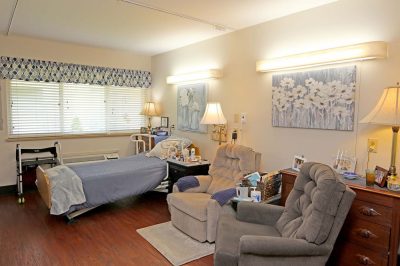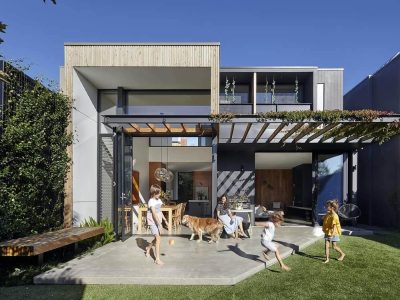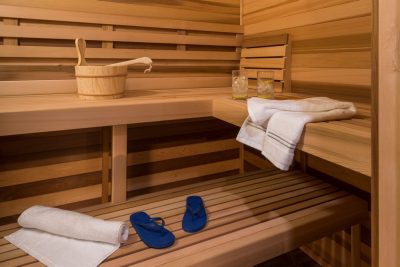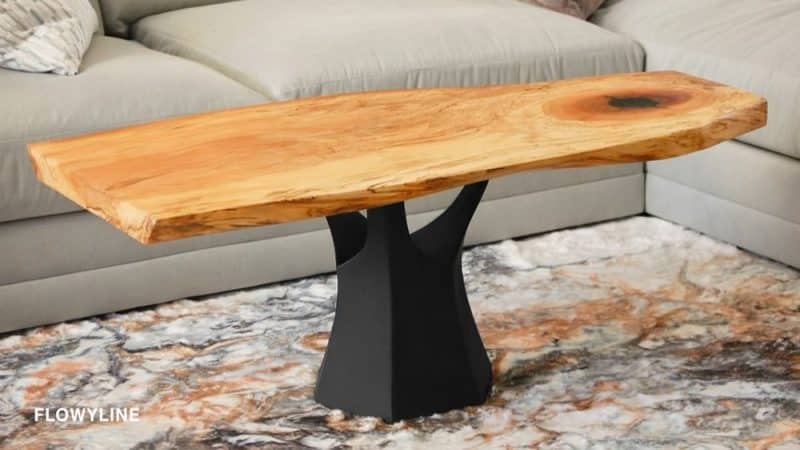
Have you ever spent hours browsing furniture stores, overwhelmed by the variety of names, such as console table legs, bar table legs, dining table legs,… Why do we have to classify them like that? To know more and understand the features of each type, let’s dive deeper into this article!
The Importance of Choosing Purpose-Driven Table Legs
Names like console table legs, bar table legs and dining table legs are classified based on different purposes to help you easily choose the right one for a specific area of your house. Specifically, it helps you:
- Maximize your experience: The greatest thing about purpose-driven table legs is their ability to elevate both the aesthetics and functionality of your space. A bar table is tall and does not take up much space, allowing for easy conversation or quick breakfasts. Meanwhile, work desk legs with minimalist legs and high support capacity provide ample legroom for ergonomic comfort.
- Save time for research: This classification helps you limit the choices of shapes and materials that are most suitable for each different space. Instead of spending your valuable time researching the information you need among the countless pieces of information out there, you simply need to determine your own needs.
- Cost-saving in the long term: Choosing based on the placement area is a wise financial decision because you will not want to waste money unjustly. If the table leg has an inappropriate height or capacity, you will have to spend some money to replace a new table leg that matches your tabletop.
Reduce environmental waste: Imagine a dining table with flimsy legs constantly wobbling or breaking, leading to furniture ending up in landfills. On the contrary, by choosing strong, purpose-driven legs, you ensure your table can handle the demands of its designated area, reducing the need for replacements and minimizing environmental impact.
Popular Types of Table Legs According to Purpose
Console Table Legs
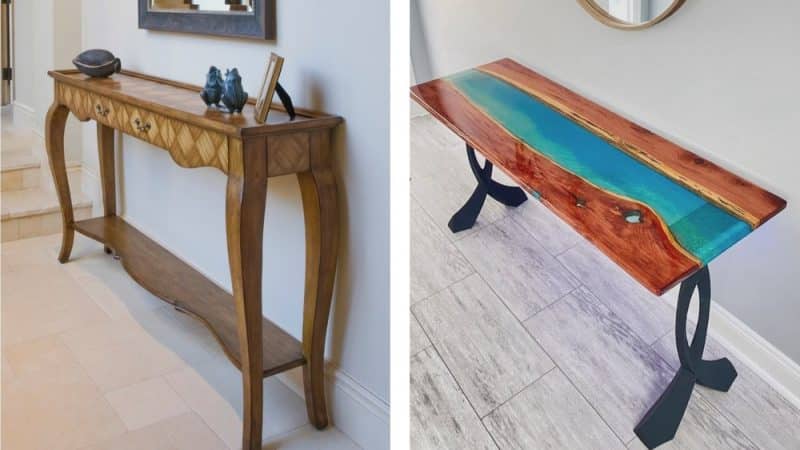
Console table legs have the same height as dining table legs and typically support narrow and long tabletops, used for displaying your favorite decorative items. They are commonly placed in places with limited space, such as entryways, hallways, behind sofas, kitchens, or even bedrooms.
Designed for stability with minimal weight requirements, console table legs generally range from 28 inch to 32 inch height. Their support structure prioritizes space efficiency over heavy load-bearing capacity. Still, there are places that can handle loads up to 1000 lbs.
These legs often have a slim, neat design that doesn’t take up too much space. Popular shapes include tapered legs, straight square legs, or unique handmade shapes for a touch of modern flair. Material options are diverse, with metal, wood, or even acrylic legs being popular choices depending on the homeowner’s preferences.
Bar Table Legs/Counter Table Legs
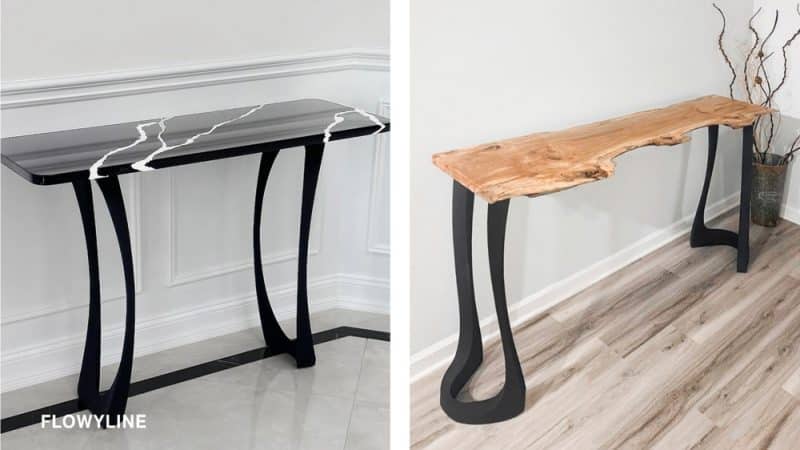
Designed to be a comfortable space for drinking and chatting or hasty breakfasts, bar table legs are typically found in kitchens, living rooms, or dedicated home bars.
They are significantly taller than their dining table counterparts with standing tall at around 36 inch to 42 inch height. Bar table legs prioritize stability, so they often feature a wider base or thicker construction compared to other leg styles. In addition, you can also refer to bar table legs as counter table legs because they are quite similar in parameter characteristics.
For optimal stability, bar table legs often adopt a central column or pedestal style. Regarding material, metal legs are a popular choice for their durability and modern look, although sturdy wood can also be an option.
Dining Table Legs/Work Desk Legs
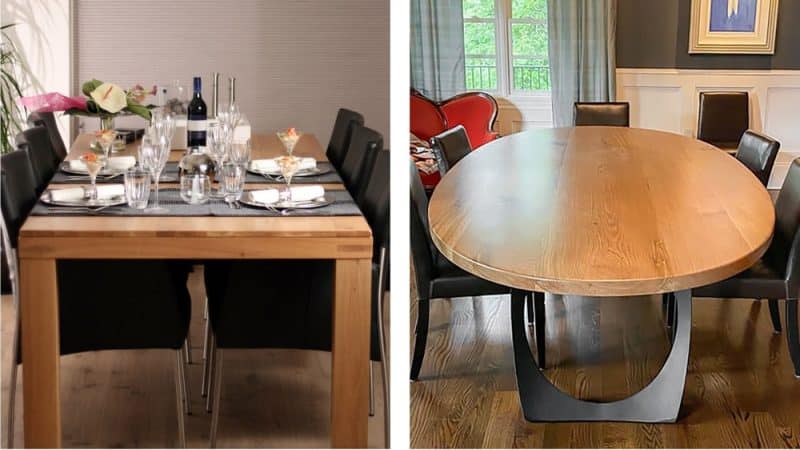
Dining table legs are built to support the weight of meals and the resistance of people during gatherings. They can also be interchanged with work desk legs because of their similarities in usage needs.
Work desk legs typically stand around 28 inch to 30 inch tall, offering comfortable legroom. Stability is paramount, so focus on legs with a wider base or a thicker build compared to console table legs.
They come in a variety of shapes to suit different design styles. Sturdy materials like solid wood or metal are prioritized for their ability to handle the wear and tear of everyday use.
Coffee Table Legs
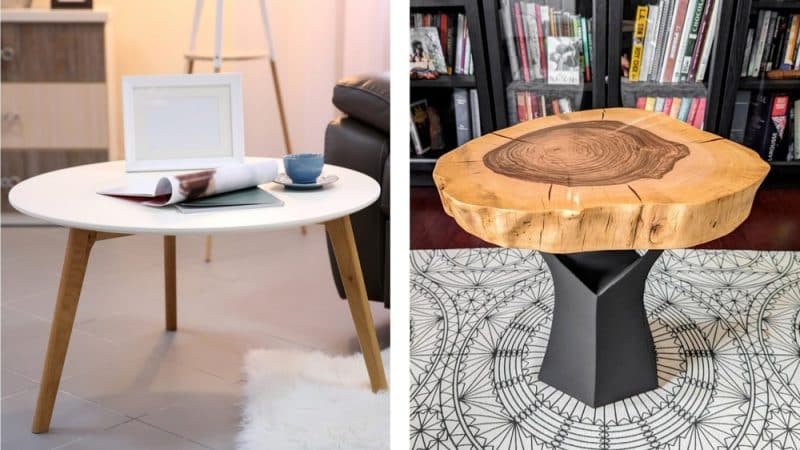
Coffee table legs support a convenient surface for drinks, books, or decorative items and are commonly found in living rooms, family rooms, or dens.
Coffee table legs prioritize convenience at hand and visual balance without needing to handle excessive weight. Standard heights range from 16 inch to 18 inch; some designs might be taller or shorter depending on the intended use.
There are many diverse designs to complement different table designs. Material selection can vary based on weight and design preferences, with wood, metal, or even glass legs being popular choices.
Tips for Choosing the Right Table Base for Your Needs
Besides choosing the right table leg according to its intended use, you also need to keep in mind a few things:
- Consider the tabletop material: Heavy stone tops need substantial legs, while lighter wood tops can work with glass for a more sophisticated and luxurious look.
- Correctly estimate your needs: Measure the height of chairs for dining tables or stools for bar tables to avoid an uncomfortable setup.
- Think about future needs: If you plan on using the table for multiple purposes, choose versatile leg styles that can accommodate different uses
The information above will help you easily find the right table leg for your intended use. Almost any table leg for any purpose has its share of metal table legs because it has many designs and is extremely durable.




